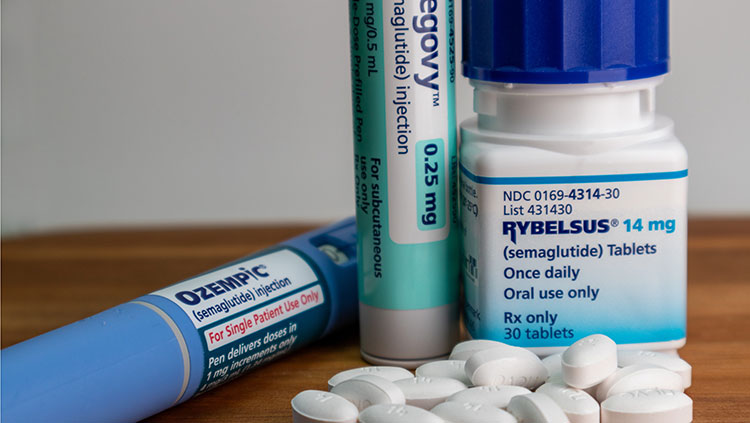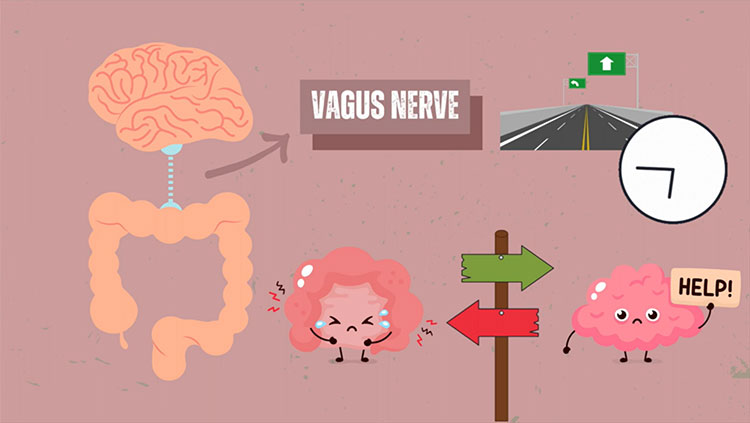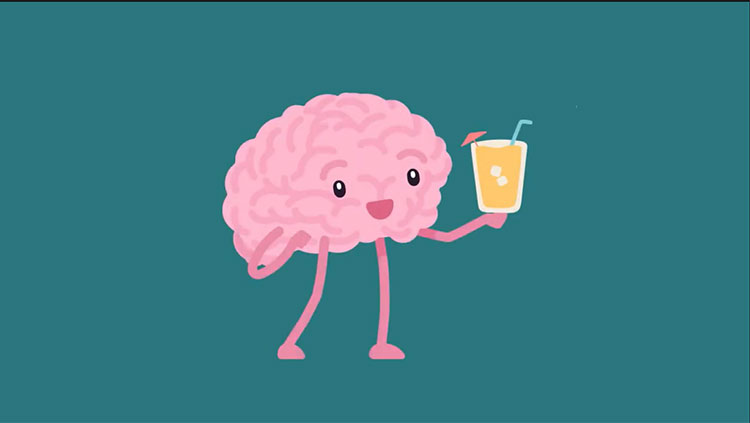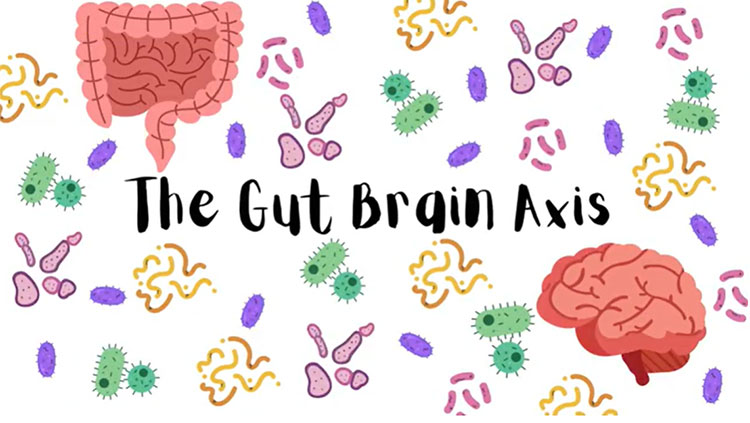Something inside is encouraging you to drink. Deep in your brain, structures with direct access to your bloodstream monitor and manage dehydration. When your body’s water balance is disrupted, these structures help set off a thirst control circuit, initiating your cravings for water. Once you reach water and down those first sips, you can begin to relieve yourself from your thirst.
Storyboard and animation produced by Midnight Snacks for BrainFacts.org.
Scripting by Chia-Yi Hou.
Editorial Production by Tristan Rivera and Juliet M. Beverly.
Scientific Review by Christopher A Zimmerman.
CONTENT PROVIDED BY
BrainFacts/SfN
Transcript
[Birds chirp] You’re not thinking about it at all until it’s all [oh?] you can think about. Your brain screams, “Get some water, ASAP.”
Dehydration upsets the balance of salt and water in your body, causing your blood pressure to fluctuate, diminishing your ability to think and remember, among other things. It’s a potential emergency your brain [alarms sound] must detect and correct.
If there are too many minerals, like salt, compared to water in your bloodstream, or too little blood flowing through your veins and arteries, your brain triggers thirst cravings to encourage [toot toot] you to drink.
The brain relies on specific structures with direct access to your bloodstream to monitor and manage dehydration and thirst. Most of your brain is protected from any toxins [ping], viruses [ping], and bacteria [ping] in your bloodstream by a tight network of capillaries known as the blood-brain barrier.
[Plink] Regions such as the subfornical organ [plink] and the organ vasculosum are not. Neurons from these organs fire off signals, as the balance between water and salt becomes disrupted.
[Woosh] From behind the blood-brain barrier, [plink] cells in the median preoptic nucleus receive and process these signals. Together, [swishes] these structures form the thirst-controlling circuit in the forebrain called the lamina terminalis.
[Gleam] When this circuit detects high amounts of salt and low amounts of liquid, it changes your appetite for water [water trickles], urging you to stay properly hydrated.
When you finally get [slurp] that drink, the water relieves your dry mouth and throat, signaling [glint] to your brain that water has arrived, quenching [water trickles] your immediate feelings of thirst.
[Light splash, swoosh, light splashing]
References
Matsuda, T., Hiyama, T., Niimura, F. et al. (2017). Distinct neural mechanisms for the control of thirst and salt appetite in the subfornical organ. Nat Neurosci 20, 230–241. https://doi.org/10.1038/nn.4463
McKinley, M. J., Yao, S. T., Uschakov, A., McAllen, R. M., Rundgren, M., & Martelli, D. (2015). The median preoptic nucleus: front and centre for the regulation of body fluid, sodium, temperature, sleep and cardiovascular homeostasis. Acta physiologica (Oxford, England), 214(1), 8–32. https://doi.org/10.1111/apha.12487
Saker, P., Farrell, M. J., Adib, F. R., Egan, G. F., McKinley, M. J., & Denton, D. A. (2014). Regional brain responses associated with drinking water during thirst and after its satiation. Proceedings of the National Academy of Sciences of the United States of America, 111(14), 5379–5384. https://doi.org/10.1073/pnas.1403382111
Zimmerman, C. A., Leib, D. E., & Knight, Z. A. (2017). Neural circuits underlying thirst and fluid homeostasis. Nature reviews. Neuroscience, 18(8), 459–469. https://doi.org/10.1038/nrn.2017.71
What to Read Next
Also In Body Systems
Trending
Popular articles on BrainFacts.org


















